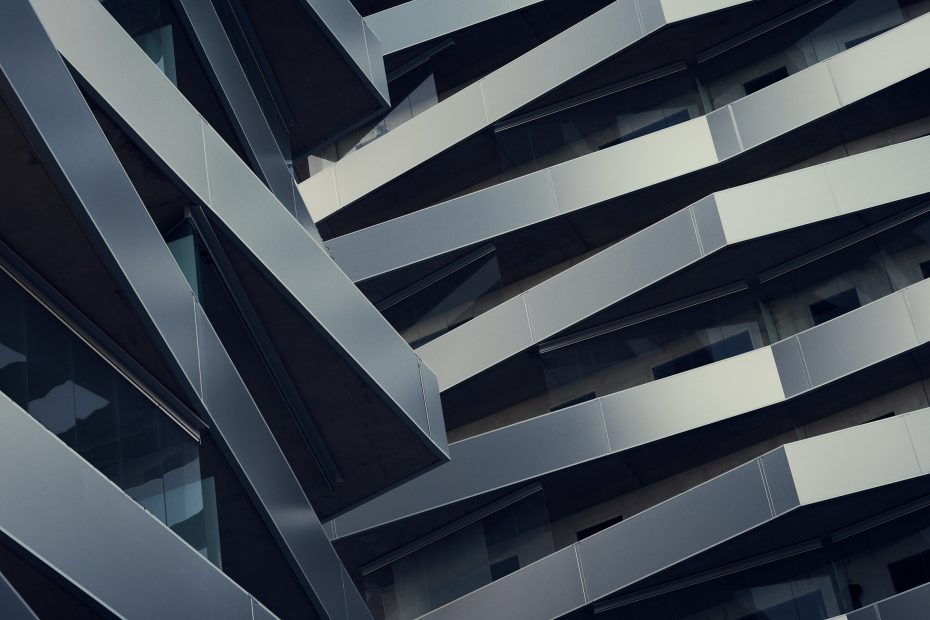Over the past few decades, Shanghai has undergone a stunning architectural transformation. As China’s financial hub, the city boasts some of the world’s tallest and most iconic skyscrapers that have redefined its skyline. Let’s take a closer look at the soaring skyscrapers that represent the modern architectural marvels of Shanghai.
Table of Contents
A Brief History of Skyscrapers in Shanghai
In the early 20th century, Shanghai’s buildings were limited to 5-6 stories. It was only in the 1990s that the city started experiencing a skyscraper boom. With the rapid economic growth, Shanghai began constructing higher and more daring skyscrapers using advanced building techniques. Today, it has over 1000 completed high-rises, the second most in the world after Hong Kong.
The city started welcoming innovative and cutting-edge building designs that transformed the city into the towering metropolis it is today. Shanghai’s futuristic skyline reflects its ambitions to be a global financial center on par with New York or Hong Kong. The tall towers also signify the city’s prosperity and modernization.
Iconic Super-Tall Skyscrapers
Some of Shanghai’s most iconic skyscrapers include the Shanghai World Financial Center, Jin Mao Tower and Shanghai Tower.
Shanghai World Financial Center – With its unique bottle opener-shaped opening at the top, this 492 m, 101-story skyscraper is an architectural wonder. Designed by Kohn Pedersen Fox, it was the tallest building in China when completed in 2008.
Jin Mao Tower – Before being surpassed by other giants, the Jin Mao Tower was China’s tallest building for over a decade since its completion in 1999. Designed by Adrian Smith, this postmodern 420.5 m, 88-story tower incorporates traditional Chinese motifs.
Shanghai Tower – Currently China’s tallest building and the world’s second tallest, the 632 m Shanghai Tower displays a twisted, asymmetrical form. Its eco-friendly spiral design by Gensler reduces wind loads while allowing abundant natural light and ventilation.
Diverse Architectural Styles
Shanghai’s skyscrapers showcase diverse architectural styles – from postmodern to neo-futuristic. The postmodern Jin Mao Tower combines Chinese cultural heritage with modern technology through its pagoda-like form. The Shanghai World Financial Center represents neo-futurism with its imposingly tapered shape and void openings. Many new skyscrapers also utilize sustainable and eco-friendly designs, like the LEED-certified Shanghai Tower.
Starchitects Lead the Way
The construction of Shanghai’s iconic skyscrapers has been led by famous “starchitects”. JMP designed the postmodern Jin Mao Tower while Adrian Smith is renowned for the Shanghai Tower and Burj Khalifa in Dubai. Other big names include Kohn Pederson Fox (Shanghai World Financial Center), Gensler (Shanghai Tower), etc. Their daring visions define Shanghai’s futuristic skyline.
Advanced Construction Techniques
Building megatall skyscrapers involves innovative construction techniques. Shanghai’s towers use high-strength concrete and steel frames to allow greater heights. Advanced computer modeling enables the complex structural engineering. Shanghai Tower’s double-skin facade, triangular floorplan and inner atrium help reduce structural loads. Construction is faster using modern techniques like self-climbing formwork.
Sustainable Building Practices
Many of Shanghai’s new skyscrapers incorporate sustainable features for energy and water efficiency. The Shanghai Tower has vertically stacked green spaces and a rainwater recycling system. LEED-certified skyscrapers like Shanghai World Financial Center have energy-saving features such as high-performance glazing. Renewable energy and rooftop gardens are also popular for reducing environmental impact.
Transformed Cityscape
The proliferation of skyscrapers has utterly transformed Shanghai’s cityscape. The city is now home to one of the most futuristic and busiest skylines with dense cluster of soaring towers. Landmarks like the 468 m Oriental Pearl TV Tower and historical Bund district perfectly coexist with the modern cityscape. Shanghai has emerged as an architectural showpiece exhibiting modernity through its ever-evolving skyline.
Challenges of Building Skywards
Constructing massive skyscrapers also comes with challenges. The buildings demand enormous financial investments. Advanced wind engineering is required to mitigate impacts from typhoons and storms. Skyscrapers can exacerbate urban sprawl problems. Still, iconic towers promote economic growth and technological innovation for Shanghai.
Looking to the Future
Several creative skyscraper projects are in the pipeline as Shanghai continues to reach for greater heights. Developers aim to set new records through megatall structures like the 660 m Shanghai Center. Some even envision a “vertical city” with towers interlinked through transit and skybridges. Clearly, the soaring skyscrapers represent Shanghai’s aspirations for the future.
In summary, the iconic skyscrapers of modern Shanghai showcase the city’s ambitions and advancements. The towers reflect Shanghai’s status as a global financial hub and China’s economic progress. The city will continue to construct daring architectural wonders as it cements its position as a world leader. Shanghai’s ever-evolving futuristic skyline makes it an exemplary model of modern urban development driven by innovation.
FAQs about Shanghai’s Iconic Skyscrapers
Q: Which is the tallest building in Shanghai?
A: The 632 m Shanghai Tower, completed in 2015, is currently the tallest building in Shanghai and second tallest in the world.
Q: What is unique about Jin Mao Tower?
A: The 88-story Jin Mao Tower incorporates traditional Chinese architectural elements in its postmodern design, notably the pagoda-like form.
Q: How did Shanghai Tower achieve sustainable design?
A: Shanghai Tower incorporates green spaces, rainwater recycling, wind resistance design and high-performance glazing to achieve sustainability. It received LEED Gold certification.
Q: What is the architectural style of the Shanghai World Financial Center?
A: The Shanghai World Financial Center displays a neo-futuristic style with its bold geometrics, tapered shape and void openings at the top.
Q: Which starchitect designed the iconic Shanghai Tower?
A: The Shanghai Tower was designed by American architecture firm Gensler, led by architecture partner Jun Xia.
